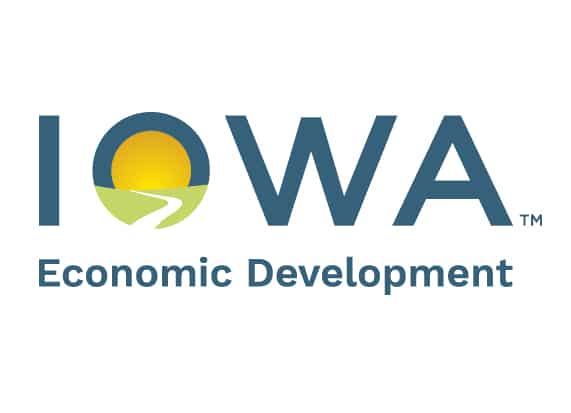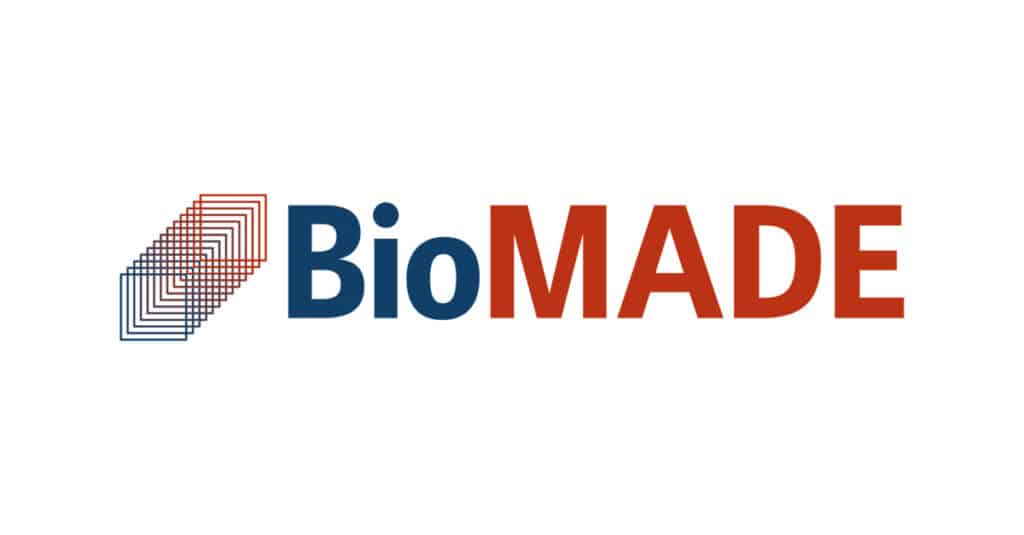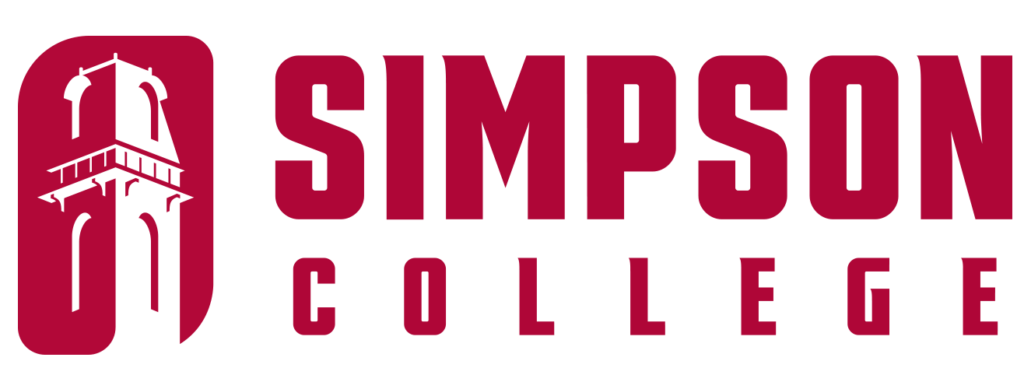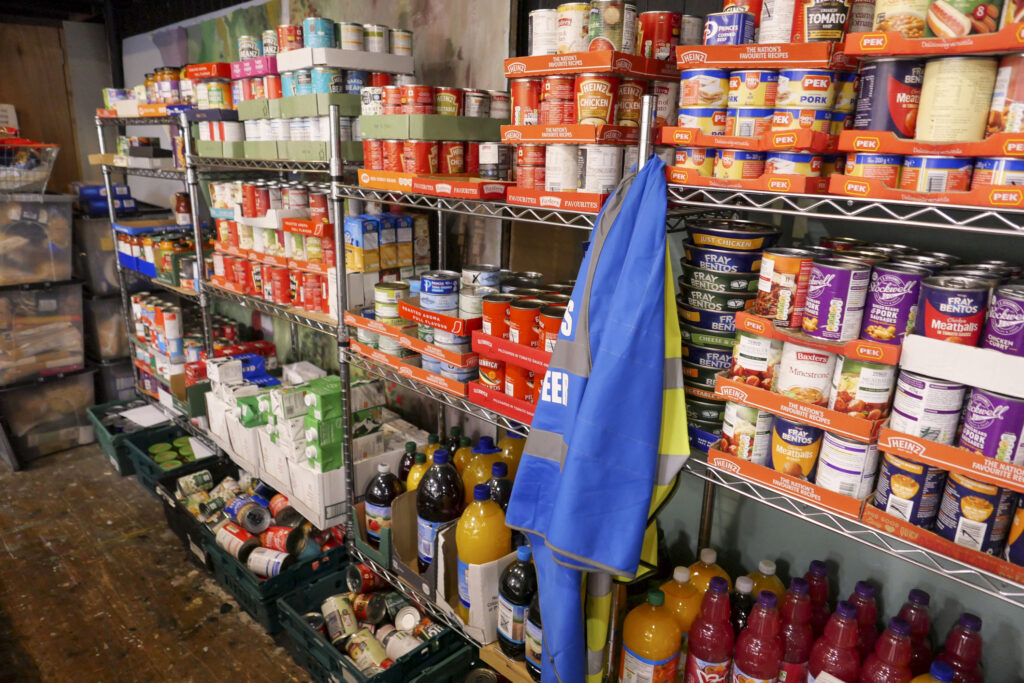Iowa Leading Indicators Index rises a bit July, but suggests state economy will continue to weaken over next few months

BUSINESS RECORD STAFF Sep 15, 2020 | 8:16 pm
2 min read time
386 wordsAll Latest News, Economic DevelopmentAfter seven months of declines, the Iowa Leading Indicators Index increased 0.1% to 103.3 in July from a revised 103.1 in June, the Iowa Department of Revenue reported on Friday. The six-month diffusion index remained unchanged at 25.0 in July from June; the six-month annualized change in the index improved to -6.3% in July from a revised -7.1% in June.
The Iowa nonfarm employment coincident index recorded a 0.51% decline in July, the eighth month in a row of decline and the fourth-largest one-month decline in the index’s 20-year history; the decline is only behind April, May and June 2020. The decline strongly suggests the Iowa economy will continue to weaken throughout the first quarter of fiscal year 2021, and suggests that employment growth will weaken over the next three to six months, the report said.
The Iowa Leading Indicators Index was constructed to signal economic turning points with two key metrics that when seen together are considered a signal of a coming contraction: a six-month annualized change in the index below -2.0% and a six-month diffusion index below 50.0.
Four of the eight component indicators contributed positively to the ILII in July: residential building permits, the new orders index, diesel fuel consumption and average manufacturing hours. These contributors suggest that continuing low mortgage rates are benefiting residential building expansion in the state. Two of the eight component indicators (national yield spread and residential build permits) experienced an increase of greater than 0.05% over the last half-year.
The 12-month moving average weekly unemployment insurance claims increased to 9,480 in July from 9,026 in June. For the last two years, the 12-month moving average of Iowa weekly unemployment claims had been below 3,000, a threshold not crossed during the previous 11 years, the report noted. Average monthly claims were up 259% from last July, and 157% above the monthly historical average from 1988 to 2019. The 8,188 average weekly unemployment claims for July was 79.9% lower than March’s 40,835 average weekly unemployment claims.
The agricultural futures profits index showed expected profit gains in livestock commodities and losses in crop commodities: The July crush margin increased 0.4% from June for hogs and 13.5% for cattle. Compared with last year, crop corn prices were 21.7% lower, and soybean prices were 1.3% lower. The full report is available online.









